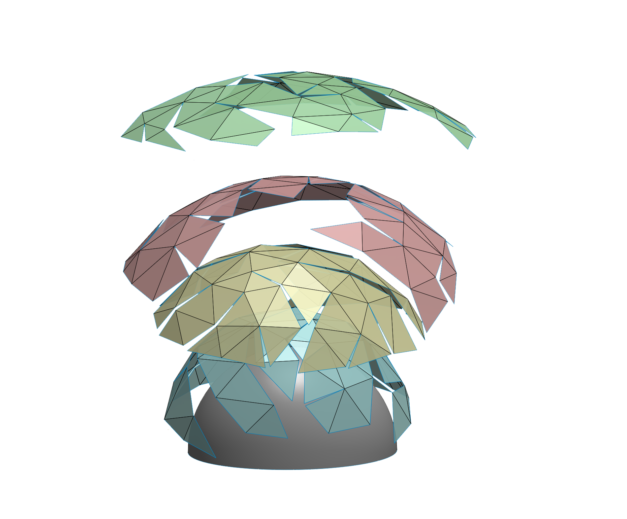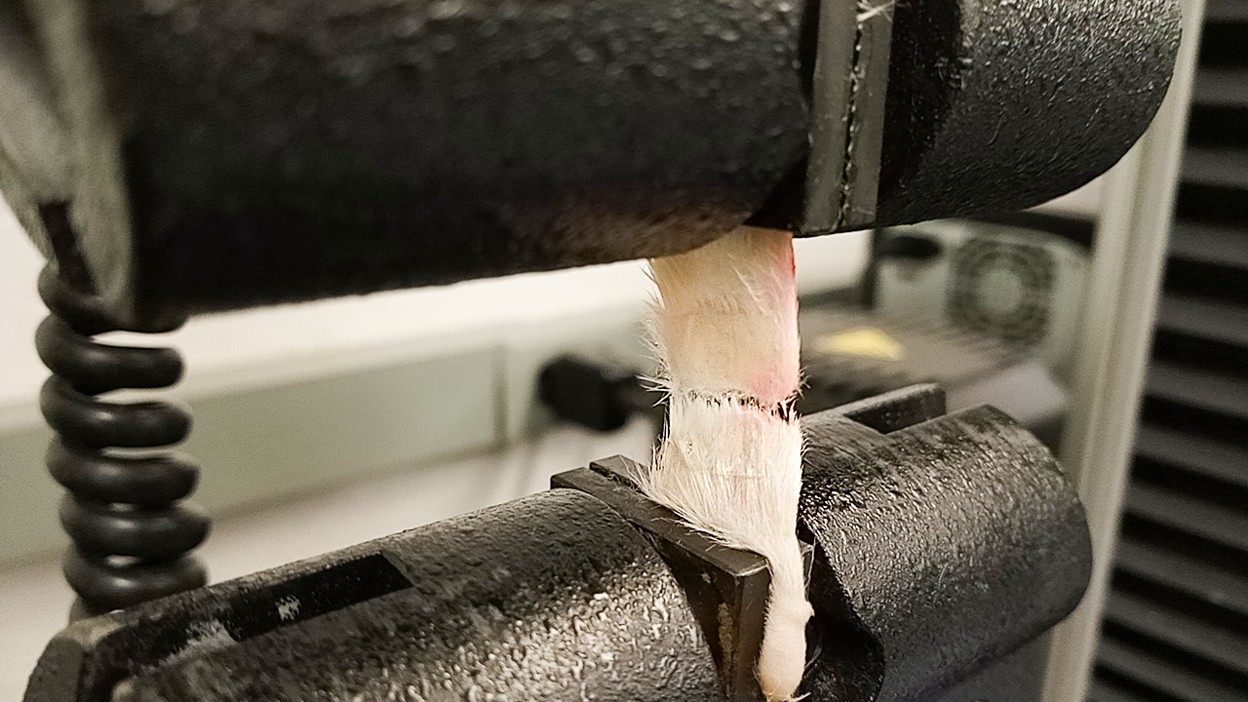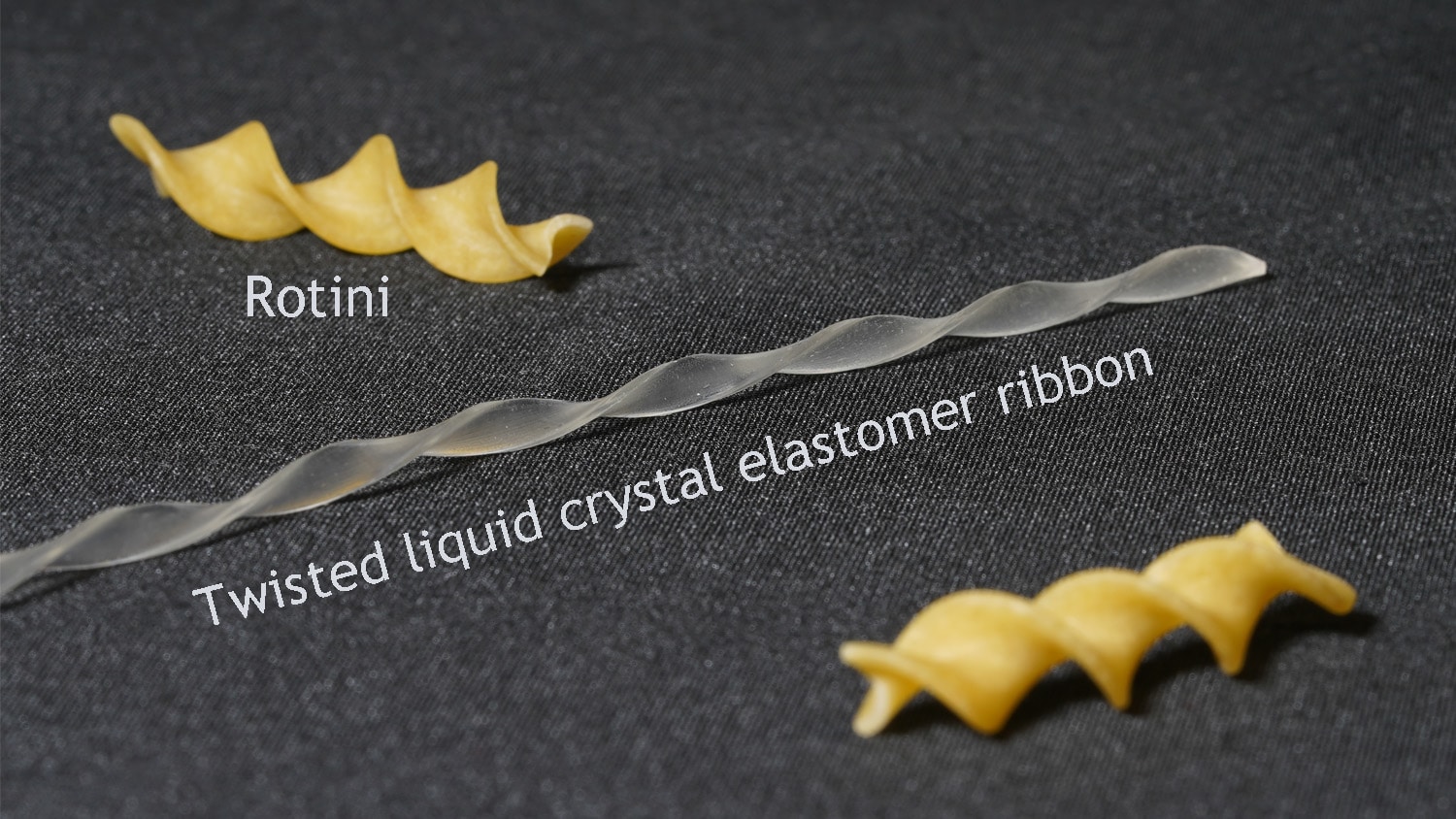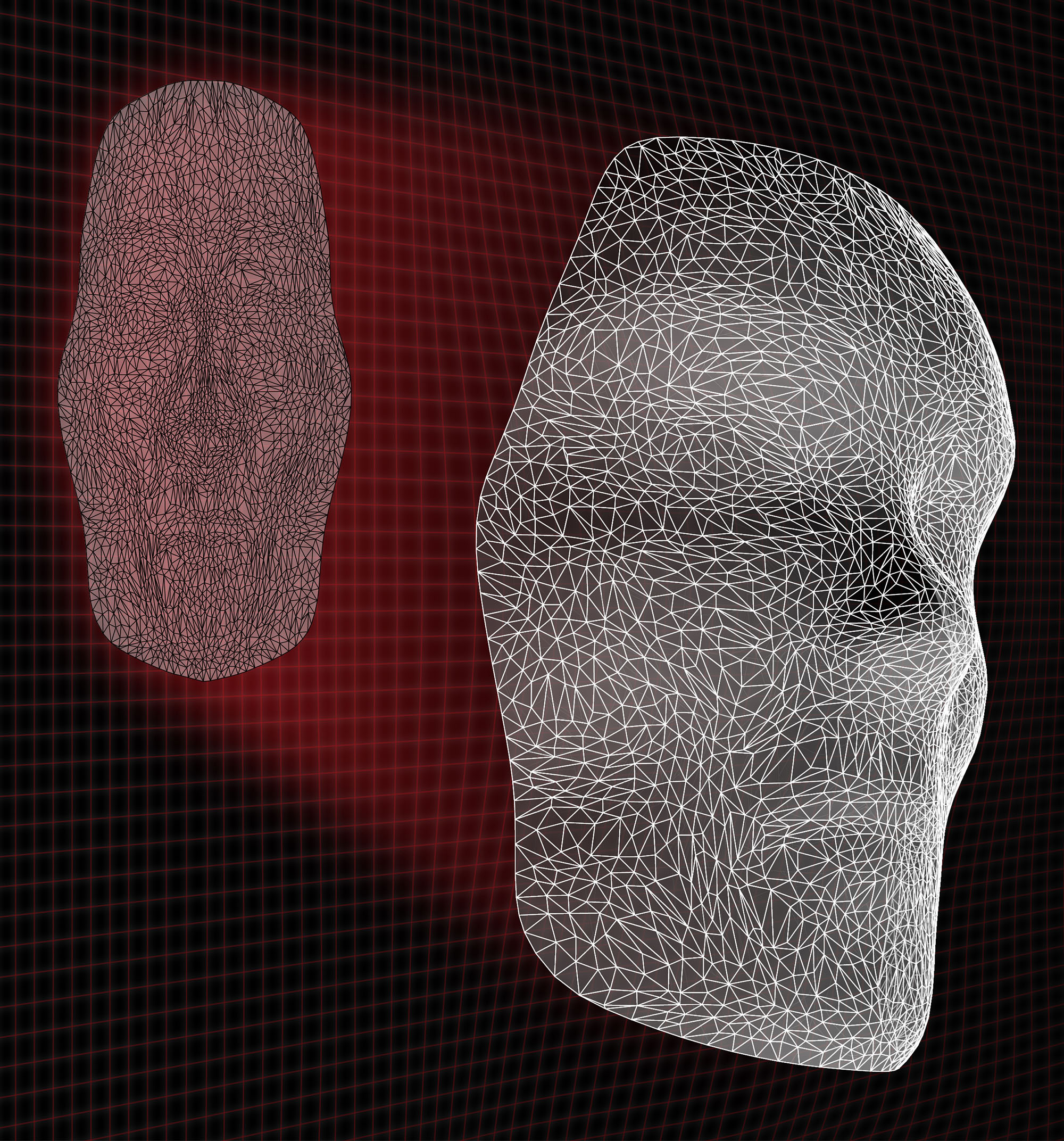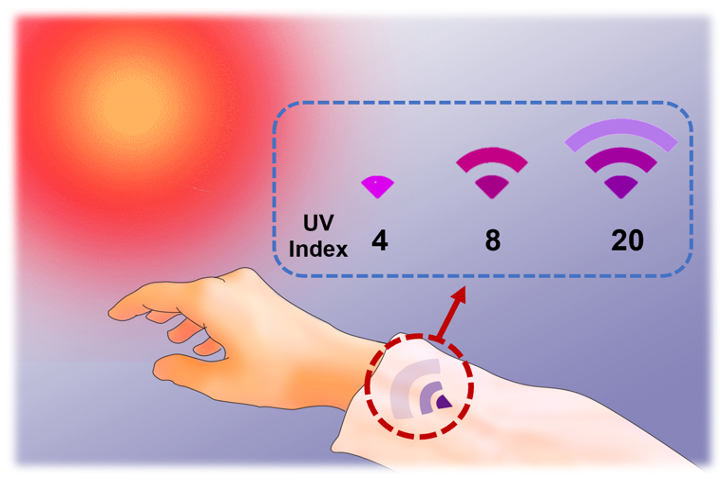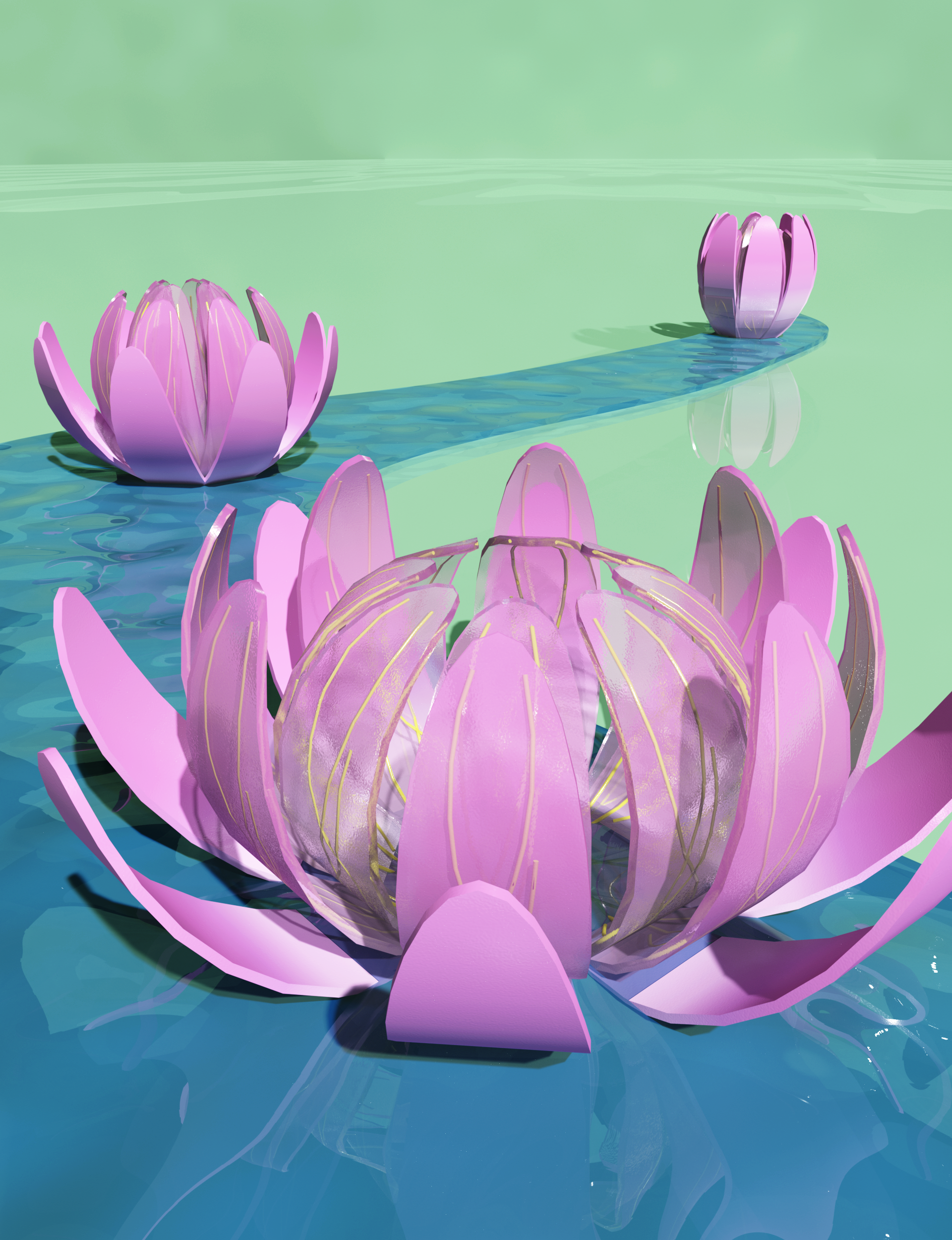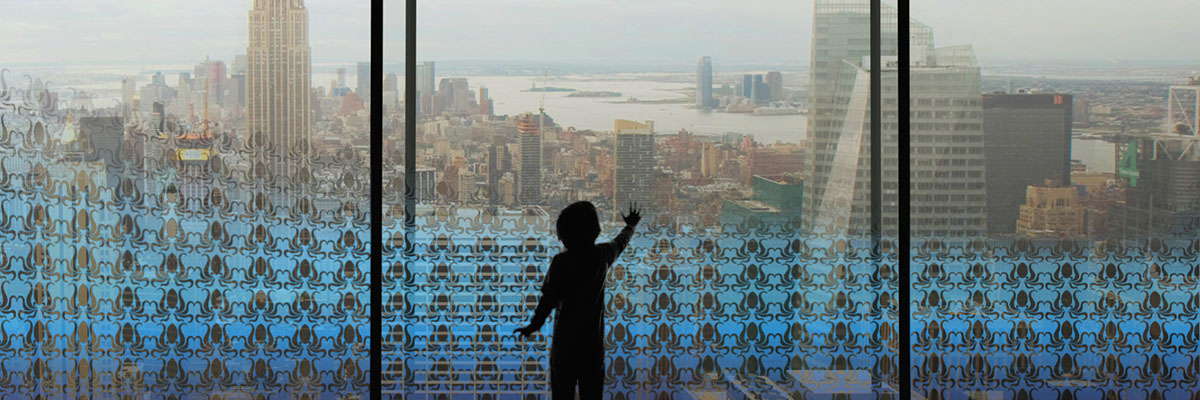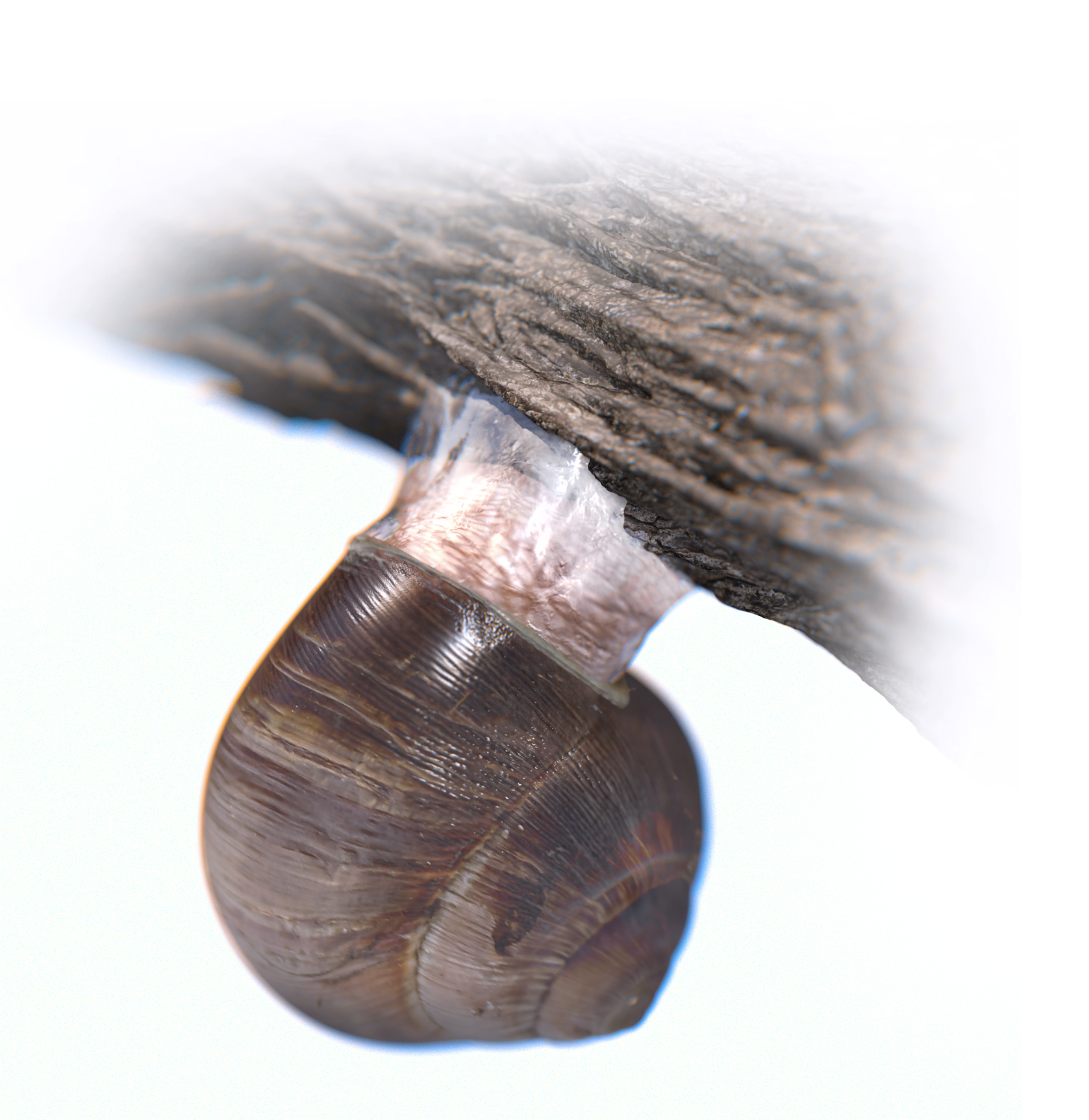Snapping metacaps propel soft robot design
When a metacap “snaps”, it pops open and closed, pushing air back and forth. This snapping allows a soft robot to propel and grip without any electronics. The new ribbed metacaps permit unprecedented levels of control and speed, enabling robots delicate enough to gently grasp a ripe strawberry and powerful enough to swim through choppy, … Read more

